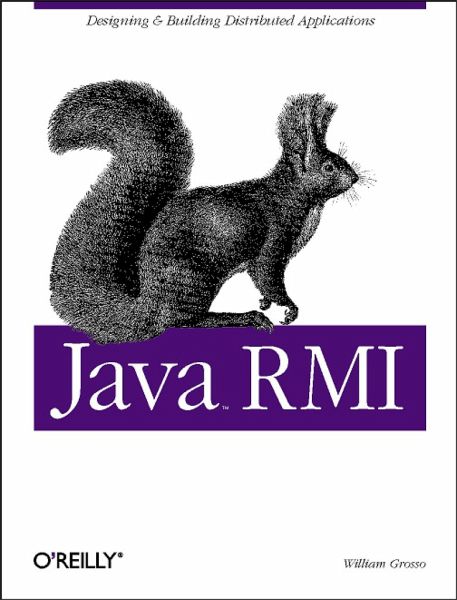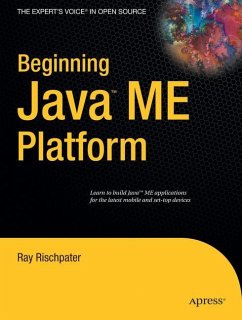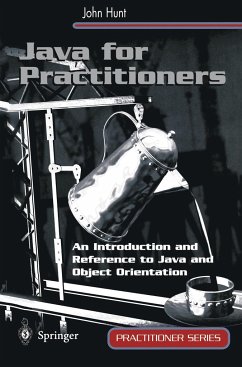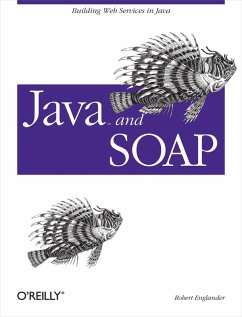Nicht lieferbar

Java RMI
Versandkostenfrei!
Nicht lieferbar
Java RMI contains a wealth of experience in designing and implementing Java's Remote Method Invocation. If you're a novice reader, you will quickly be brought up to speed on why RMI is such a powerful yet easy to use tool for distributed programming, while experts can gain valuable experience for constructing their own enterprise and distributed systems.
With Java RMI, you'll learn tips and tricks for making your RMI code excel. The book also provides strategies for working with serialization, threading, the RMI registry, sockets and socket factories, activation, dynamic class downloading, HTTP tunneling, distributed garbage collection, JNDI, and CORBA. In short, a treasure trove of valuable RMI knowledge packed into one book.
With Java RMI, you'll learn tips and tricks for making your RMI code excel. The book also provides strategies for working with serialization, threading, the RMI registry, sockets and socket factories, activation, dynamic class downloading, HTTP tunneling, distributed garbage collection, JNDI, and CORBA. In short, a treasure trove of valuable RMI knowledge packed into one book.







